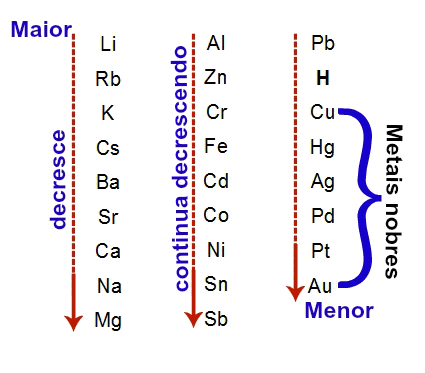During the colonization of Brazil, many problems were presented. Such problems encompassed situations such as how to grant land to settlers and adventurers who came from Portugal to to settle here, the extraction of natural resources, such as pau-brasil, the arrest and trafficking of indigenous people, among others. stuff. These situations ended up promoting the calls contradictions of colonization. From such contradictions, the Nativist Rebellions eventually become emblematic.
The expression “Nativist Rebellions” refers to the revolts and attempted political revolutions that took place on Brazilian soil between the 17th and 18th centuries. These rebellions took place in this period especially because the colonial system (effectively started in 1530) was already consolidated in Brazil and the Court Portuguese was already able to exercise its authority in most of the territory it dominated, especially in those that became the great centers of activity. economic: the Captaincy of Pernambuco and the Captaincy of Minas Gerais.
However, the establishment by the Crown of rules and requirements for the colonists, such as the collection of taxes on what was produced, clashed with the prospects of the natives, who here started to make their own rules, including, at times, articulating with other European peoples, such as the Dutch and the Spanish people. This clash of perspectives generated extreme situations, provoking confrontations and attempts to establish parallel governments with political autonomy.
The call Acclaim of Amateur Bueno, which occurred in Captaincy of São Paulo, for example, consisted of an attempt by São Paulo's pioneers to elect the farmer and also the bandeirante, Amador Bueno, governor of the aforementioned Captaincy in the absence of the Crown. The reasons for this came from the restrictions that the Portuguese Crown, after the end of the Iberian Union, began to impose on the trafficking of Indians in the colony. (one of the most profitable activities for the pioneers) and, above all, the trade with the Spaniards across borders in the region South.
Another example was the Beckman Revolt, held in 1684, in the city of São Luís do Maranhão. This revolt had as its main motive the demands for improvements in the relations between Maranhão and the Portuguese Crown, which, according to the rebels, did not guarantee the region's proper protection. The leaders of the revolt were brothers (Tomas and Manuel) beckman and named the event. The rebellion lasted about a year and was quelled by Portuguese troops in 1685.
In the first decades of the 18th century, some clashes became notorious and all were directly or indirectly associated with the administration of the Portuguese Crown in Brazil. Three of them are notorious and follow below:
THE Peddler War:This conflict took place in the midst of the situation in which the Captaincy of Pernambuco found itself in the decades that followed after the expulsion of the Dutch in 1654. The financial situation of the planters, whose political center was in the city of Olinda, worsened, given that the banks in Holland that financed them in the past no longer did so. As they had control over the local authority, the Câmara de Olinda, these planters induced the government to increase the taxes that the merchants taxed. Most of these traders were in Recife and, in protest, between 1710 and 1711, they rebelled against Olinda. These merchants were called peddlers, hence the name of the revolt.
THE War of Emboabas: This war took place two years before the War of the Peddlers, but in the Captaincy of Minas de Gerais. Just as the term “peddler” was pejoratively attributed to Recife merchants by the lords of Engenho de Pernambuco, the term "bash" it was used by miners, in general São Paulo Bandeirantes established in the Captaincy of Minas Gerais, in reference to foreigners who came to that Captaincy in search of precious metals. The War took place, therefore, between São Paulo and the “Emboabas”, having a solution only in the year 1709.
THEVila Rica Revolt: This revolt, also known as Felipe dos Santos Revolt, also took place in the Captaincy of Minas Gerais, but not among miners or metal prospectors, but between local political leaders and the royal authority of the Portuguese Crown. The reasons for the Vila Rica Revolt (the place where the conflict broke out) were similar to those of the others: the Crown's imposition of a high tax burden (taxes) on the natives. The conflict took place in the year 1720, and its secondary name refers to one of the rebels, the drover Felipe dos Santos.
The Vila Rica Revolt, in particular, became a preamble to the so-called Separatist Rebellions, such as Mining Inconfidence.
By Me. Cláudio Fernandes
Source: Brazil School - https://brasilescola.uol.com.br/historiab/rebelioes-nativas.htm


